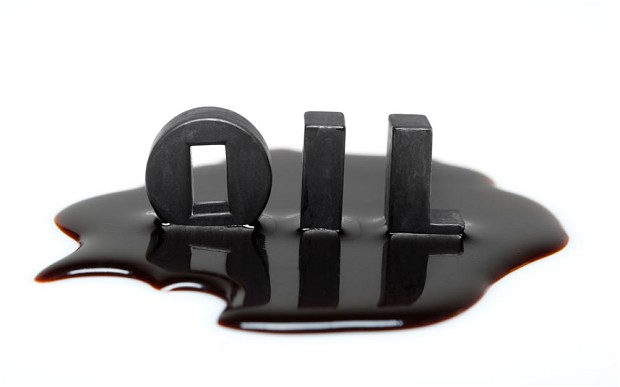
Mexico Oil Sector Slumps

Imports totaled 290,000 barrels a day in the week ended April 14, a 43% weekly drop that may have been triggered by weather-related closings at Mexico’s key export ports this month. But the shipments have been sinking for years. The 52-week average through April 14 was 561,000 barrels a day, down from about 630,000 a year earlier, Bloomberg reported.

“The latest import levels are continuing a long trend,” Court Smith, director of research with shipbrokers MJLF & Associates, said by instant message from Stamford, Connecticut. “This is because of a combination of recent rise in refinery rates and historically declining production in Mexico.”
Production in Mexico has declined for 12 years in a row and this year will be less than 2 million barrels a day, the lowest level since 1980, according to Petroleos Mexicanos, the state producer, hurting sales of the benchmark Maya heavy crude.
Pemex’s six refineries are also using more of the crude, chipping away at exports. They processed 930,400 barrels a day in February, the most since June of last year, according to energy information body.
Mexico has increasingly turned to Europe and Asia to make up for the US demand shortfall. While overall Mexican crude exports fell in the first half of April, sales to Spain have increased since February, according to estimates from vessel-tracking and US bills of lading data compiled by Bloomberg oil-market specialist Bert Gilbert.
Exports to India, South Korea, Japan and China also grew in February, Mexico customs data compiled by Bloomberg show.
“While US Gulf refineries were in maintenance, heavy crude oil producers have had to send their shipments to other regions, such as Asia, where heavy crude has recently strengthened thanks to the OPEC cut,” said Ixchel Castro, an analyst at Wood Mackenzie in Mexico City.
Mexico crude imports may pick up as gasoline demand rises for summer and refinery maintenance ends, Castro said in an emailed response to questions.


Trump weighs using $2 billion in CHIPS Act funding for critical minerals

Codelco cuts 2025 copper forecast after El Teniente mine collapse

Electra converts debt, launches $30M raise to jumpstart stalled cobalt refinery

Barrick’s Reko Diq in line for $410M ADB backing

Abcourt readies Sleeping Giant mill to pour first gold since 2014

Nevada army depot to serve as base for first US strategic minerals stockpile

SQM boosts lithium supply plans as prices flick higher

Viridis unveils 200Mt initial reserve for Brazil rare earth project

Tailings could meet much of US critical mineral demand – study

Kyrgyzstan kicks off underground gold mining at Kumtor

Kyrgyzstan kicks off underground gold mining at Kumtor

KoBold Metals granted lithium exploration rights in Congo

Freeport Indonesia to wrap up Gresik plant repairs by early September

Energy Fuels soars on Vulcan Elements partnership

Northern Dynasty sticks to proposal in battle to lift Pebble mine veto

Giustra-backed mining firm teams up with informal miners in Colombia

Critical Metals signs agreement to supply rare earth to US government-funded facility

China extends rare earth controls to imported material

Galan Lithium proceeds with $13M financing for Argentina project

Kyrgyzstan kicks off underground gold mining at Kumtor

Freeport Indonesia to wrap up Gresik plant repairs by early September

Energy Fuels soars on Vulcan Elements partnership

Northern Dynasty sticks to proposal in battle to lift Pebble mine veto

Giustra-backed mining firm teams up with informal miners in Colombia

Critical Metals signs agreement to supply rare earth to US government-funded facility

China extends rare earth controls to imported material

Galan Lithium proceeds with $13M financing for Argentina project

Silver price touches $39 as market weighs rate cut outlook

















